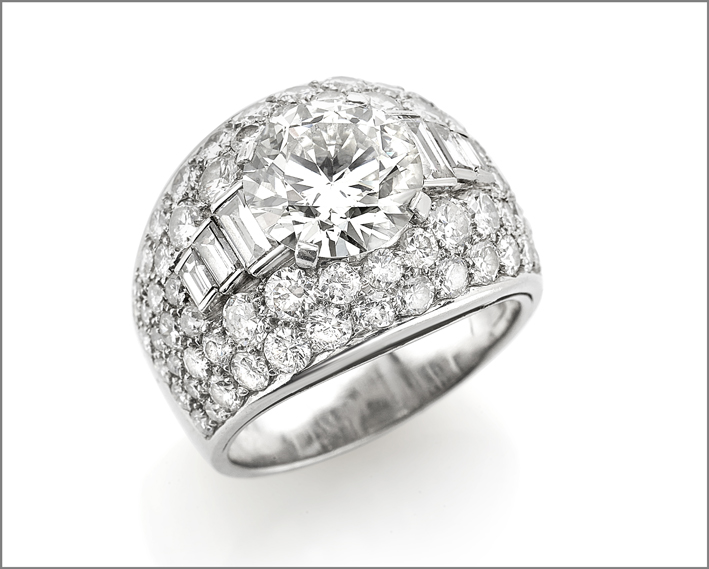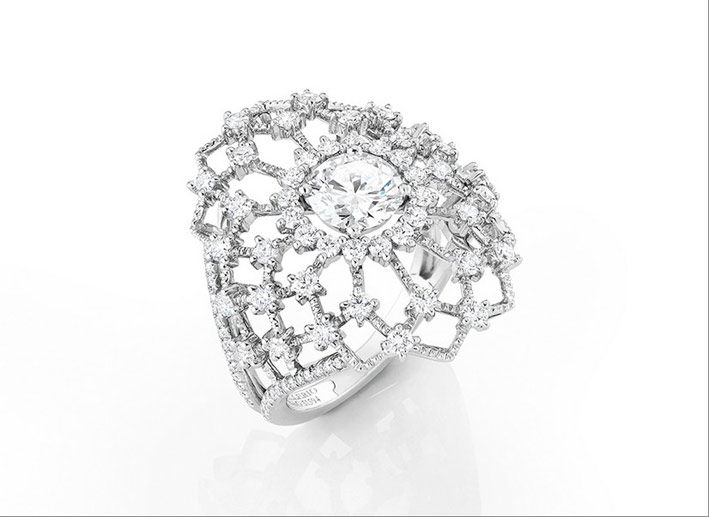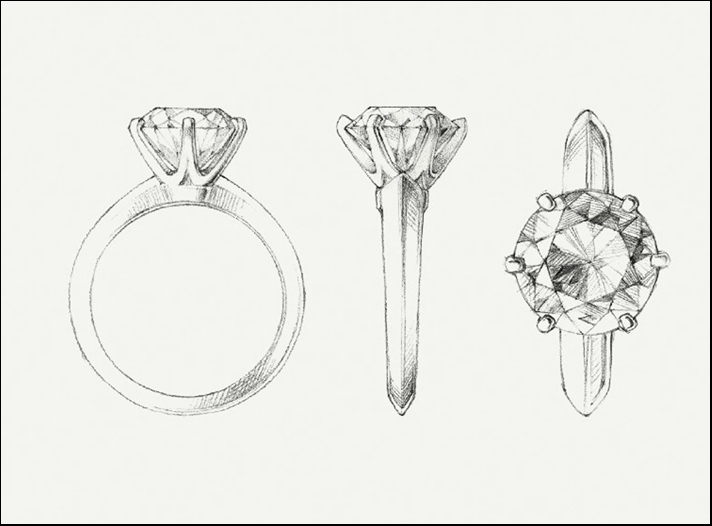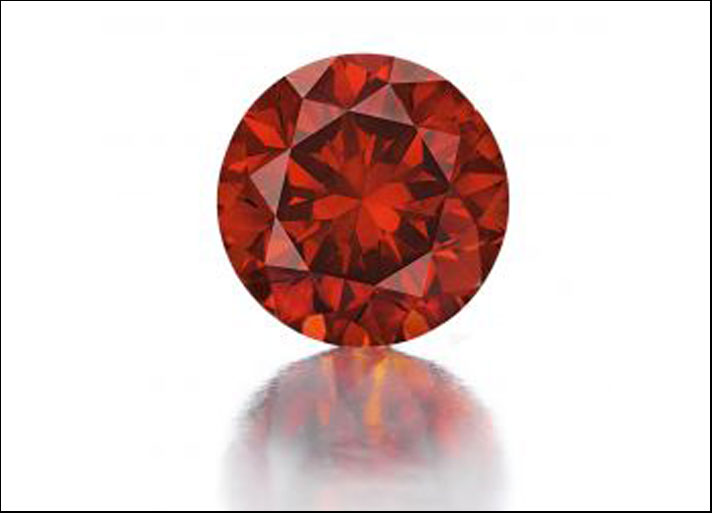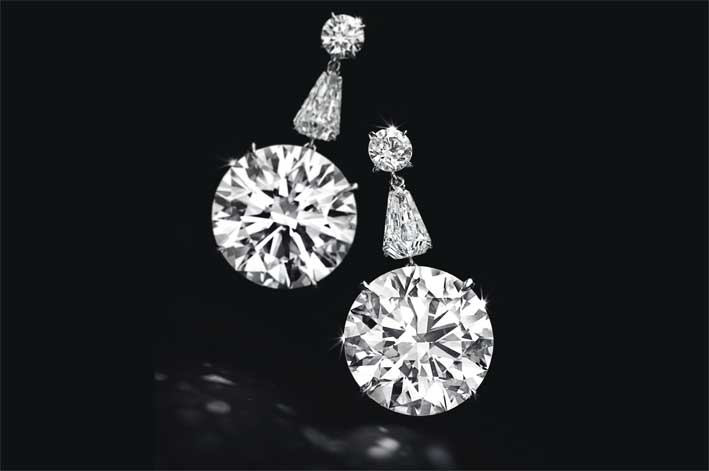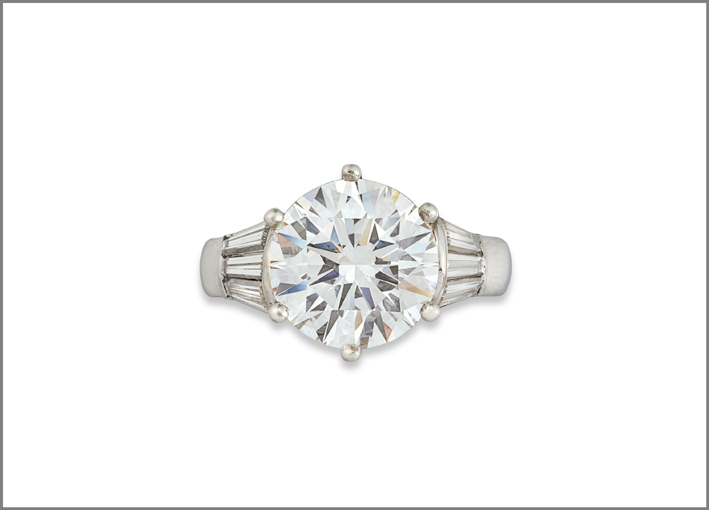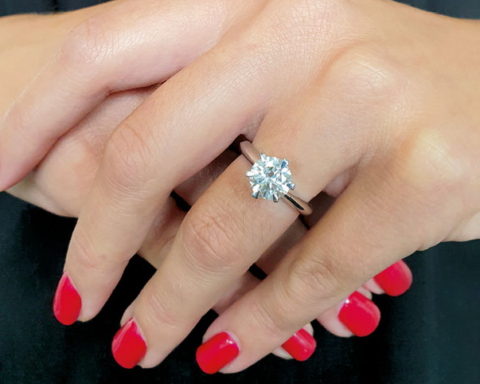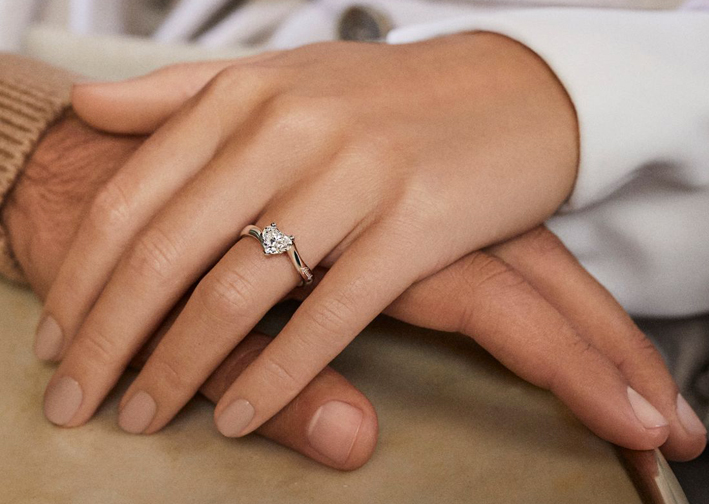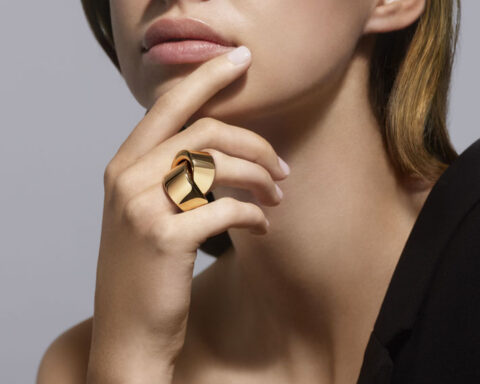A quick guide to learning and recognizing the facets of a brilliant cut diamond ♦
The brilliant cut diamond, round, is the most requested especially for the rings, but there are several aspects that it is good to know before buying one, or to learn more about what you already have. If you are interested in knowing how they are cut and what are the different points of a brilliant cut diamond, that is the classic round-shaped gem, you can first of all consider the ability to reflect light.
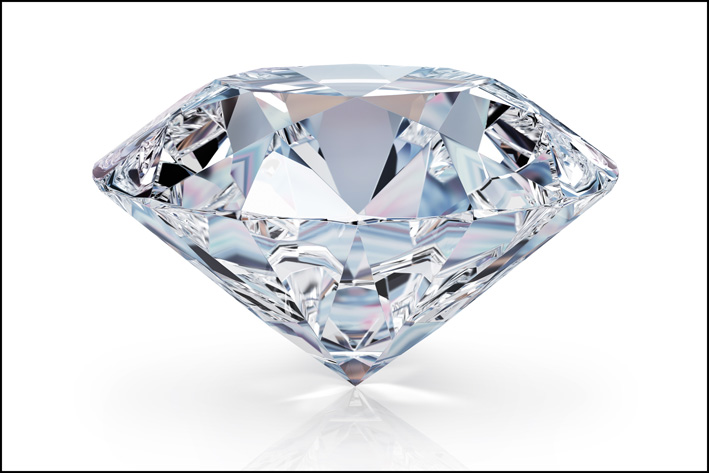
A diamond must be perfectly cut to be able to fully reflect the rays of light that hit it. If a diamond is not cut symmetrically, for example, its brightness will also be altered. This is why the arrangement of the facets is important, and consequently how the light is reflected inside the stone. It is the reason why diamonds are cut in a precise way, which has evolved over time. The most common cut, the brilliant, that is, circular in shape, was codified only in the last century.
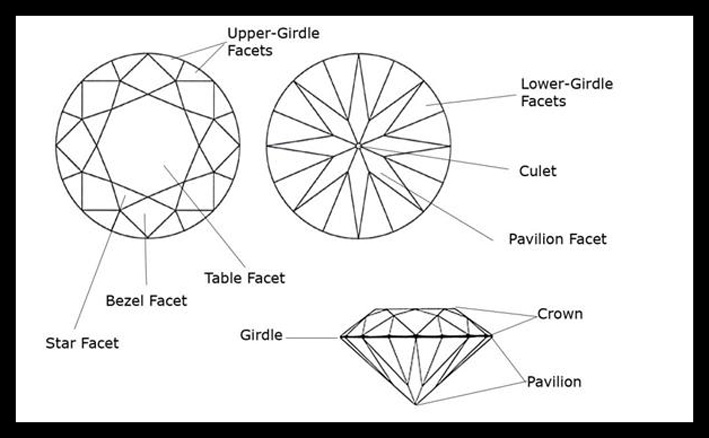
So a perfectly cut diamond will reflect better and be more beautiful. If you show that you know the most desired stone in the world well, you will make a great impression with your friends and, perhaps, you will be able to impress the jeweler who wants to sell you a ring. Who knows I won’t give you a discount …
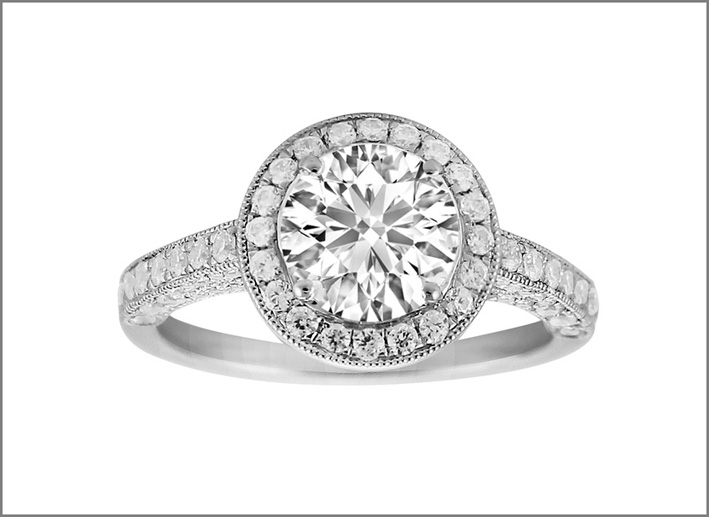
Facets These are the flat surfaces that form the exterior of the diamond after cutting. Each facet is angled, shaped and cut to produce a particular lighting effect. Objective: to better reflect the internal crystalline structure of the diamond. Each type of cut (bright, cushion, pear and so on) produces different reflections. The refraction inside the diamond itself increases the shine and reflections in output towards the surface of the diamond.
Girdle It is the name for the widest part of the diamond, its circumference. That’s where the belt is measured. The common practice today involves also faceting the belt itself, even if the resulting surfaces are not included in the final count of the diamond facets.
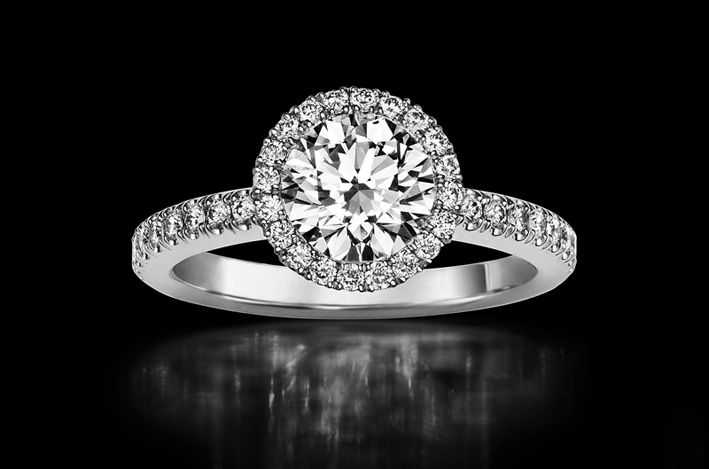
Depth It is the height of the entire diamond. It is measured from the table to the lower tip (the culet). The depth of the diamond helps to set the ratios for cutting the gem. A diamond too deep in relation to its size will have a reflection that tends to be dark. On the contrary, a diamond that is too shallow will not be very bright.
Table. It is the widest facet of the diamond. It is located in the upper part of the diamond, and serves as the main point of entry and dispersion (fire) of light. But, of course, it must have the right proportions to capture the maximum light, but without reducing the surface of the lateral facets.
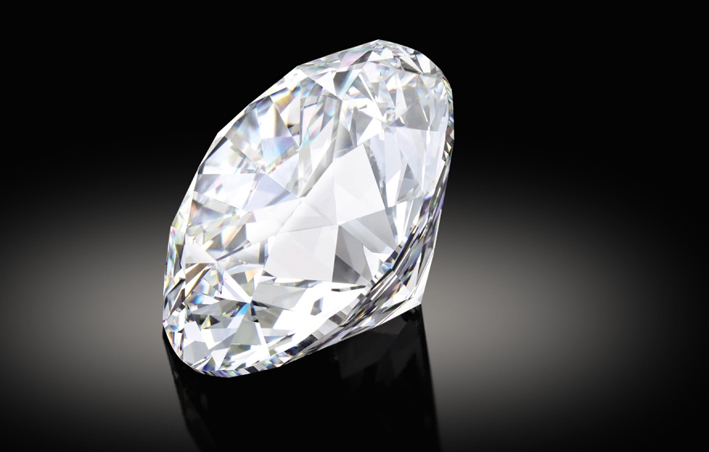
Diameter. The measure of the width of the diamond at its widest point (belt). Of course the diameter must be proportionate to the size of the stone.
Crown. The crown refers to the part of the diamond above the belt. It is the section of the diamond that goes from the widest point to the table.
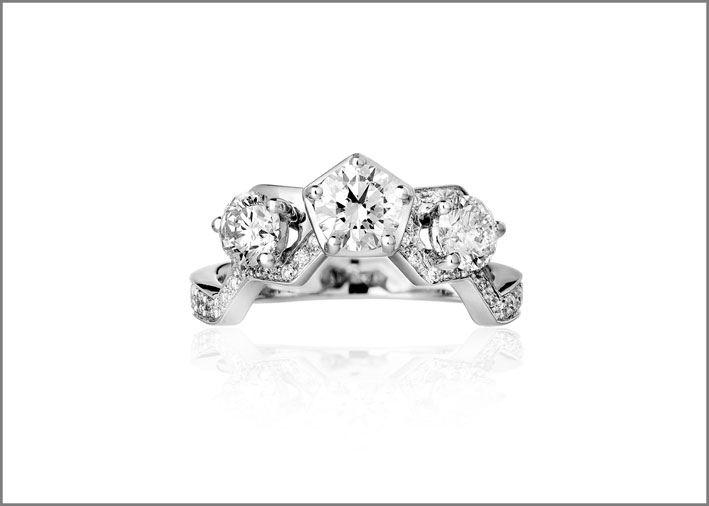
Pavilion. The pavilion is the counterpart of the crown, that is, the lower part of the diamond. The area that goes from the belt, or wider section, of the diamond to the bottom (or culet) is defined as the pavilion.
Culet. It is the bottom of the diamond, the smallest facet. The culet has a huge effect on the rest of the diamond: correctly cut, this part of the stone allows the light that has entered to exit effectively through the surface (the table) and dazzle with its reflections. A too large cut culet can cause a negative effect: if it reflects too much light it can have the effect of having a hole inside it. The culet, on the other hand, must be quite small. But it is not uncommon for a diamond not to have a pinnacle entirely.
